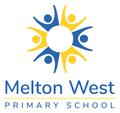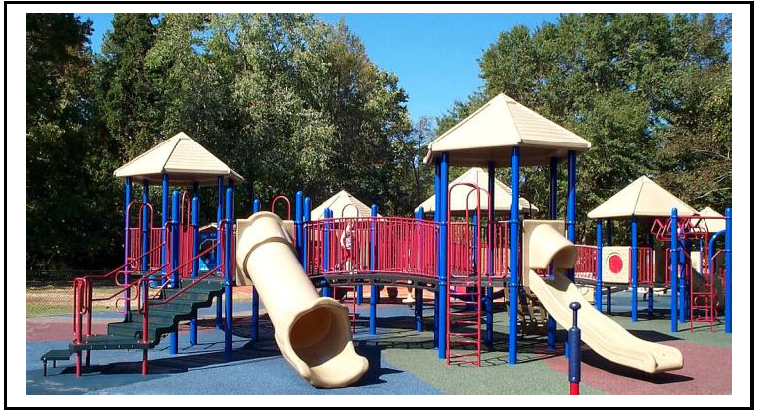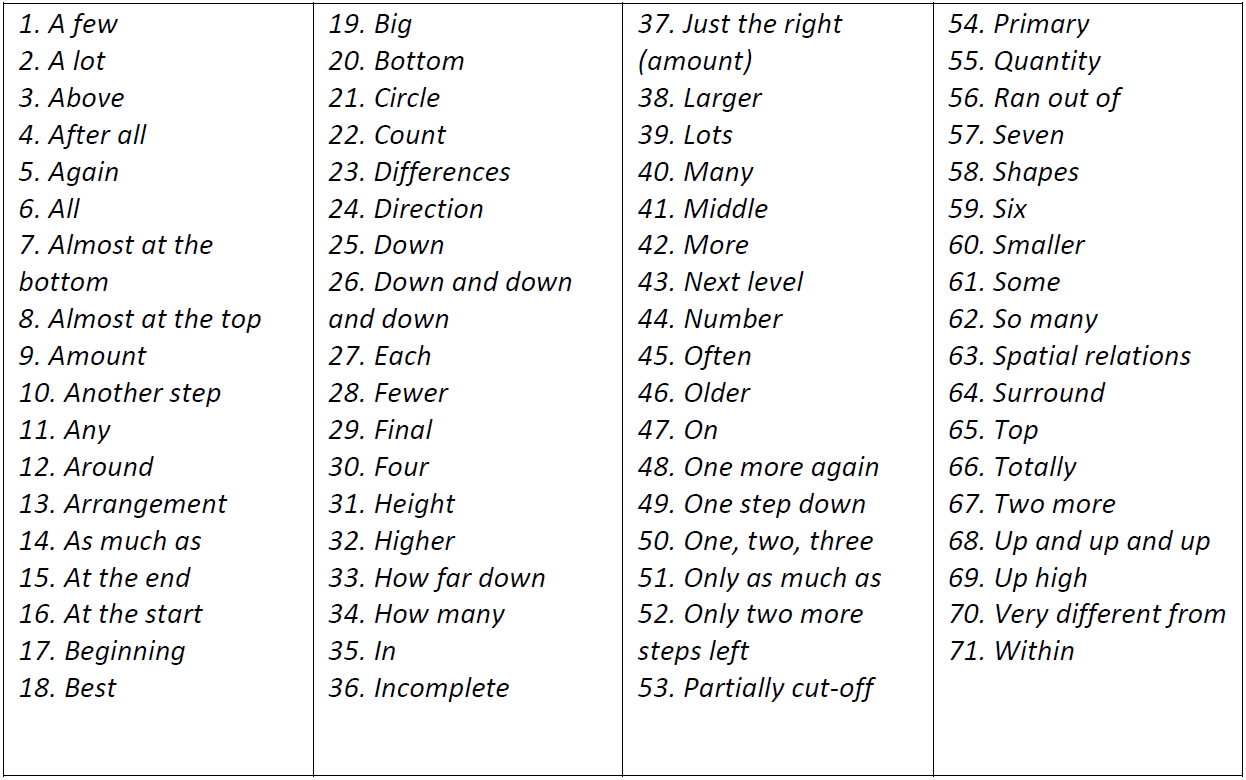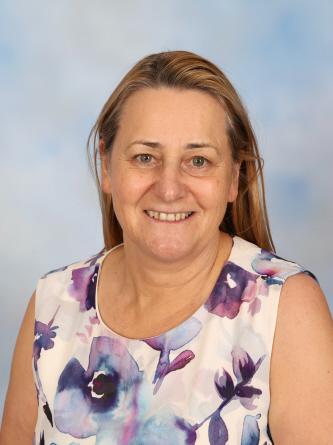Numeracy
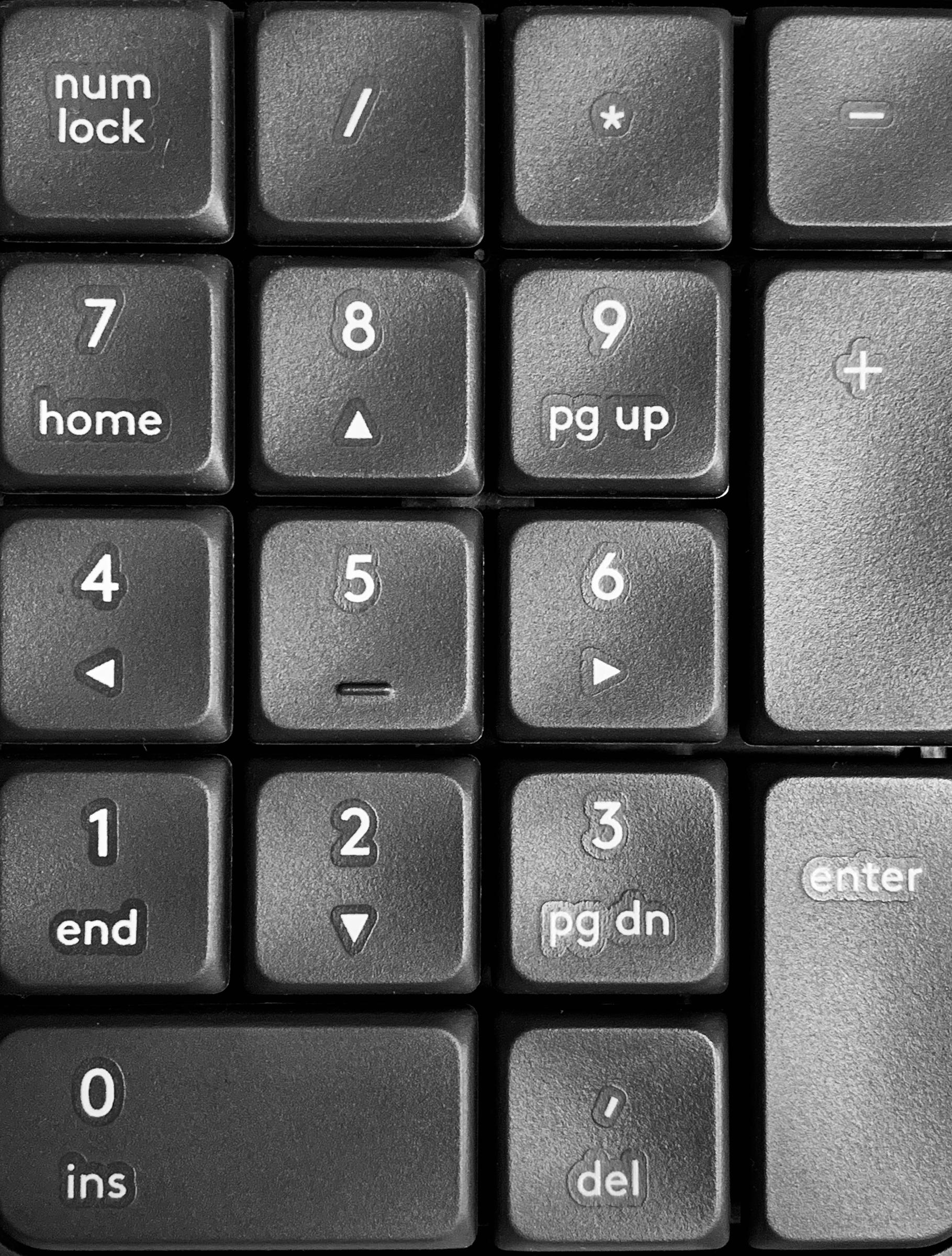
Playing with Maths
It is often said that maths is all around us. Playgrounds, for instance, can be a great place for caregivers and children to explore the maths around them as they play.
For example, as your child is climbing steps to the top of the play structure, the steps can be counted. Steps provide many opportunities for you to promote number learning by talking about counting quantity (e.g., lots, more, and fewer) as your child climbs.
At the start, children climb to the top, going up and up and up. Later, they climb to the bottom, going down and down and down. This is all about direction, which is an important part of spatial relations, a key early math topic.
When your child begins to climb again, they are at the bottom; when they reach the top, they are up high, higher than they were before. This is about understanding height and differences in height—again, a part of spatial relations.
There are many early maths learning opportunities at the playground. So, maths is all around us in the sense that it’s there to be seen if you look for it. Young children love to engage in and learn about everyday maths, and it can serve as the foundation for their later learning and success in school.
One of the best ways to lay the foundation for maths learning is language. For example, “Look at the big orange circle over there on the white pole. Look at all these little circles. There are so many of them. Let’s count them.” Keep in mind that everyday maths conversations are not lessons. Maths talk is meant to be a conversation about features of the world that your child will find interesting. Let children enjoy the playground. That, after all, is the primary goal!
Here is a list of some of the everyday maths words we use. Informal maths is so fundamental to our lives (and children’s too) that we may not recognise it in the words we speak.
Taken from Playing with Math at the Playground by Herbert P. Ginsburg
Kind regards,
Jennifer O’Connor
Assistant Principal
